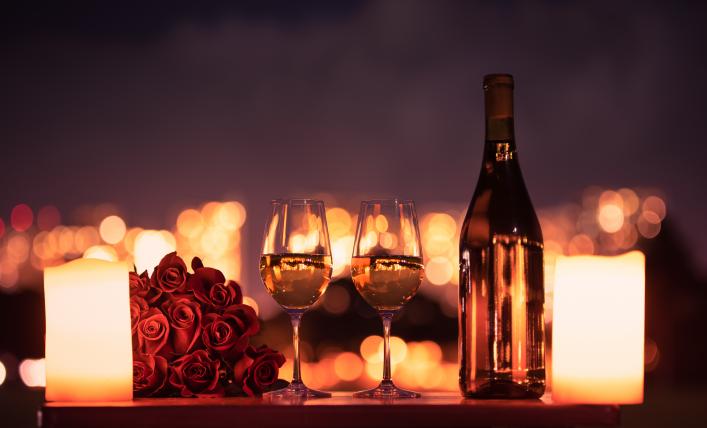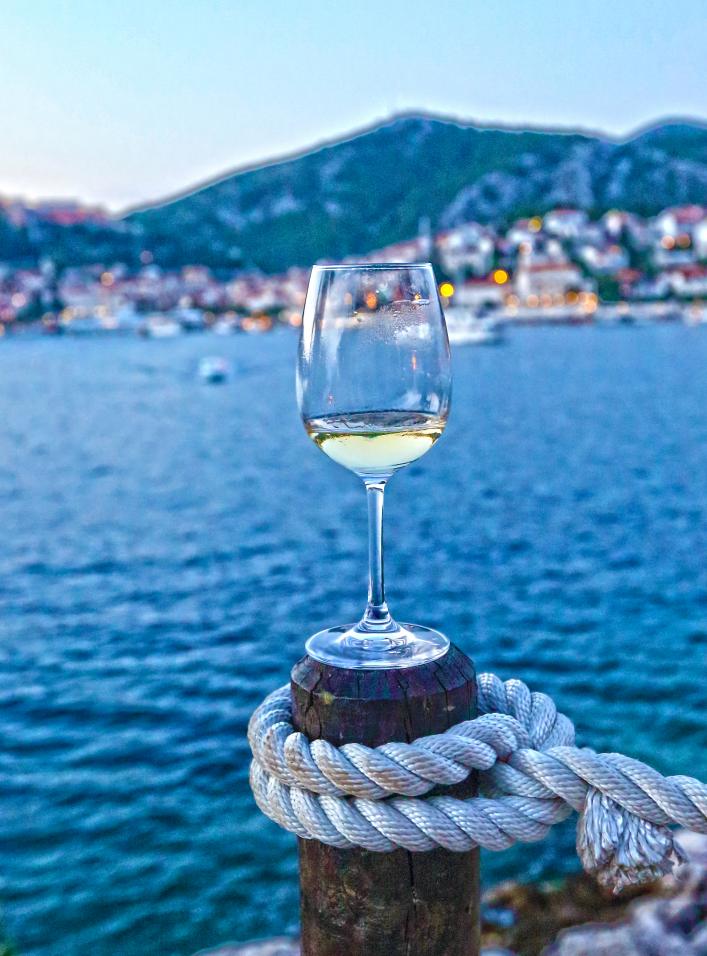Hvar: The Island of Wine
Hvar has a long history of wine making which dates back to the Greek settlers who planted the original vines, some 2,400 years ago. The experience of this centuries long Hvar wine story really creates that WOW factor for many and righteously it should.
Knowingly, the island is famous for its Hvar best beaches, gastronomical offer and a variety of different adventure activities. In addition, tourists have the possibilities to try some of Hvar’s and Croatia’s most renowned wines at representative vineries.
Vujnović winery is situated in Sućuraj, a small picturesque tourist and fishermen's town that is located on the East cape of the island Hvar. The Vujnović family settled in the quarters of Vujnović near the Fortica, a Venetian fortress built at the entrance to the port of Sućuraj in 1613. In that exact same house is now restaurant Guido, where you can taste this long family history of winemaking dating back to the 18th and 19th century.
So enjoy different Croatian wine varieties from Mali Plavac, Prč to Pošip and visit the vineyard to see where those exact grapes are being grown and later harvested. Familiarize yourself with different Croatian wine varieties and get acquainted with the method of processing grapes and wine production.
So pair your excellent glass of wine with lunch or dinner and enjoy excellent taste and aromas all together.
A history of winemaking that leads us back 75 years to Jelsa, where Duboković built a family house with a wine cellar buried in the ground. Now, his grandson carries on the tradition. The old vineyards are located in the southern, sunny slopes of Hvar, while the rest of the vineyards are in the central part of the island, in Pitve, Vrisnik and Svirče.
Take this opportunity to taste tradition and centuries of quality in products that are directly brought to you. From wines: Moja M, Moja B, Moj Otok and others, taste the white and red, sweet and aromatic and enjoy the shades of these excellent vines!
Established their family farm in the beginning of 1986, the name Zlatan Otok surely rings a bell as those are the wines that won the most awards in Croatia. Vineyards are located on the southern slopes of the island Hvar and in Makarska below mountain Biokovo, where the variety Plavac Mali prevails.
Try some of the well-known red wine varieties such as Plavac mali, Crljenak (Zinfandel), Merlot, Cabernet Sauvignon and Syrah. Now, don’t forget your whites: Pošip, Žilavka, Dubrovnik Malvasia, Chardonnay and Yellow Muscat.
Most vineyards are located in the UNESCO World Heritage site protected Ager between Jelsa and Stari Grad; the fertile grounds where the Greeks have first planted their vines. Here, numerous indigenous varieties, such as Plavac Mali, Bogdanjuša, Kuč, Maraština, Darnekuša and Pošip start their story. Stories are cumulated and told through taste and aromas, surely all different from vineyard to winery.
Tasting the wine from the south side in vineyards Zavala and Ivan Dolac will acquaint you with Carić’s flagship wines: Plavac Ploski and Plavac Ploski Barrique – grapes full of sun, grown on a steep field paired with carbon-rich soil all account for best-quality fruit.
Be sure to come and discover the indigenous varieties and some excellent wine tasting experiences in addition to local traditions and lifestyle.
Situated in Jelsa, Tomić is long known for its winemaking tradition. Producing 130,000 and 150,000 bottles a year to deliver the ultimate wine experience to all who care for a good glass of wine.
By cultivating autochthonous grape varieties and knowledge, whilst constantly enhancing the production of red, white and rosé wines with modern technologies, the idea is to persistently improve and deliver top-notch wines!
Wine degustation is Tomić’s cellar is surely one of a kind! Buried in stone below the winery with tufa ceilings and pillars made out of travertine limestone, which was the method of construction used in Diocletian’s cellars. The intention is to escape the actual world and experience the true history and autochthone wines in their indivisible connection.



